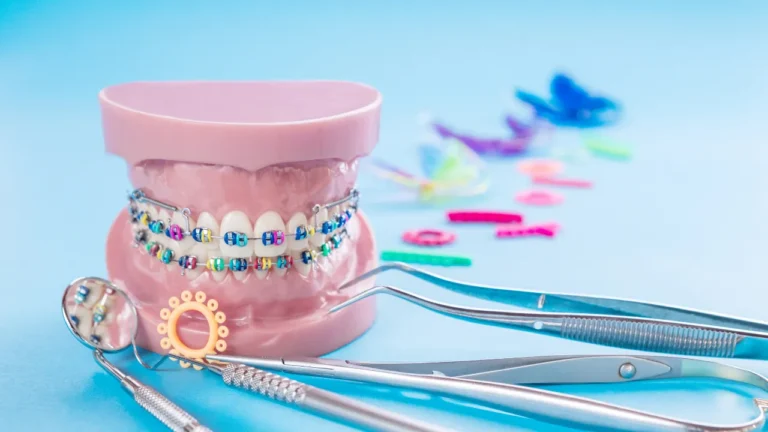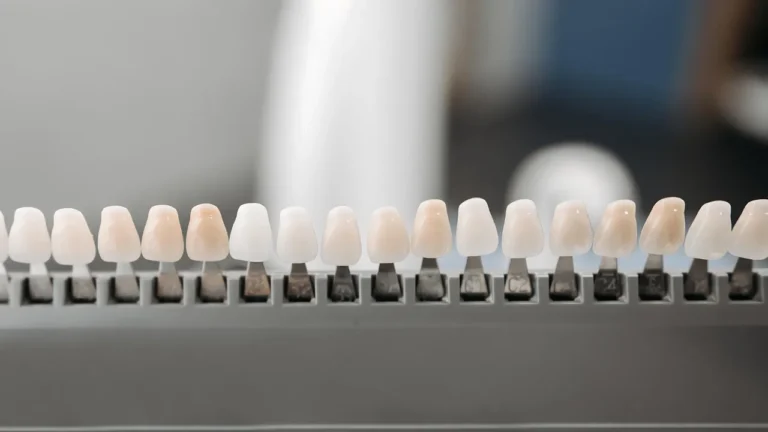Teeth Removal In Pretoria: MAC Dental Studio
Experience safe, pain-free tooth removal in Pretoria. Our expert dentists ensure a comfortable procedure and quick recovery. Schedule now!
Exceptional Dental Care
With Skilled Professionals
Experience top-notch dental care with our dedicated team at Mac Dental Studios, where your health and comfort are our priorities.
1. Schedule Your Visit
Easily book your appointment through our user-friendly website and choose a time that fits your schedule.
2. Personalized Consultation
During your visit, our experienced dentists will thoroughly assess your dental health and discuss personalized treatment options with you.
3. Achieve Your Ideal Smile
We will create a customized treatment plan tailored to your needs, helping you achieve and maintain a healthy, beautiful smile.
Easily Book Your Dental Appointment
What is Tooth Extraction?
Tooth extraction is the removal of a tooth from its socket in the bone.
It’s a common dental procedure performed for various reasons, such as severe tooth decay, gum disease, or trauma to the tooth.
Sometimes, extractions are necessary to make room for orthodontic treatment or to remove impacted wisdom teeth that can cause pain or infection.
Preparation for the Procedure
Initial Consultation
When you visit our clinic for a tooth extraction, the first step is an initial consultation.
During this visit, our dentist will review your medical history and take necessary X-rays to assess the condition of the tooth and surrounding bone.
This helps us plan the best approach for your extraction.
Pre-Procedure Instructions
Before your tooth extraction, you’ll receive specific instructions to ensure the procedure goes smoothly. These may include:
- Avoiding food and drink for a few hours if sedation is planned.
- Adjusting any medications as advised by your dentist.
- Practicing good oral hygiene to minimize infection risk.
Step-by-Step Procedure
Step 1: Anesthesia Administration
To ensure your comfort, we’ll start by administering anesthesia.
Depending on the complexity of the extraction, this might be local anesthesia to numb the area, sedation to relax you, or general anesthesia for more complex cases.
Step 2: Extraction Process
- Visible Teeth: For teeth that are easily accessible, the dentist will use an elevator tool to loosen the tooth and forceps to remove it.
- Impacted Teeth: For teeth that are not fully erupted or impacted, a small incision is made in the gum to access the tooth. Sometimes, the tooth may need to be divided into smaller pieces for easier removal.
Step 3: Post-Extraction Care
After the tooth is removed, we’ll place a gauze pad over the extraction site to control bleeding.
You will be given instructions on how to care for the site to promote healing and prevent complications.
Benefits
Health Benefits
Removing a problematic tooth can prevent the spread of infection and alleviate severe pain.
It can also stop the progression of decay or disease that could affect other teeth and your overall health.
Dental Benefits
Extracting a damaged or impacted tooth can improve your overall dental health by preventing future dental issues.
It can also create space for orthodontic treatments, leading to better alignment and a healthier bite.
Aftercare
Here are some general aftercare tips to follow following a tooth extraction:
- Bleeding and clotting: Expect some minor bleeding for the first 24 hours. Bite down gently on gauze provided by your dentist to control it. After a few hours, you can remove the gauze and replace it if needed. Avoid spitting or sucking on anything, which can dislodge the clot and cause a painful condition called dry socket.
- Pain management: Take any pain medication prescribed by your dentist as directed. You can also use an ice pack on your cheek near the extraction site for 15 minutes on and 15 minutes off to reduce swelling.
- Diet: Stick to soft foods like applesauce, yogurt, mashed potatoes, and soups for the first day or two. Avoid hard, crunchy, spicy, or acidic foods that can irritate the extraction site.
- Oral hygiene: Keep your mouth clean to prevent infection. After 24 hours, gently rinse with a warm salt solution (half teaspoon of salt in eight ounces of warm water) several times a day. Avoid brushing directly on the extraction site for a few days, but continue brushing and flossing other areas of your mouth as usual.
- Rest and recovery: Get plenty of rest in the first 24 hours after your extraction. Avoid strenuous activity for a few days.
- Other things to avoid: Don’t smoke, drink alcohol, or use straws for at least 24 hours. These can all dislodge the blood clot and hinder healing.
- See your dentist: If you experience excessive bleeding, severe pain, or any signs of infection (fever, swelling that worsens), contact your dentist right away.
Following these general tips will help promote healing and a smooth recovery after your tooth extraction.
Latest From Our Blog
Frequently Questions Answered
During the procedure, anesthesia ensures you won’t feel pain. Post-extraction, any discomfort can be managed with pain medication and proper aftercare.
Recovery time varies but generally takes about one to two weeks for initial healing. Complete healing of the bone may take a few months.
Opt for soft foods like smoothies, soup, and scrambled eggs. Avoid hard, chewy, or hot foods until your dentist advises it’s safe to resume your regular diet.
Like any surgical procedure, tooth extraction carries some risks, including infection, dry socket, and damage to surrounding teeth or nerves. However, these are rare and manageable with proper care.
Signs you might need an extraction include severe toothache, infection, significant decay, or overcrowding in your mouth.
If you receive local anesthesia, you can drive yourself home. However, if sedation or general anesthesia is used, you’ll need someone to drive you home.








